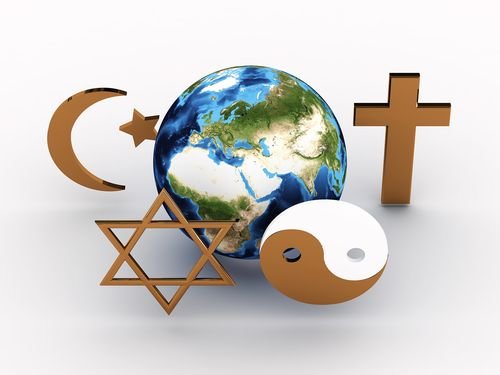As we step into the year 2023, the global religious landscape is undergoing significant transformations. With the world becoming increasingly interconnected, the way people practice and perceive religion is evolving. In this article, we’ll explore the key trends and changes shaping the global religious scene in 2023.
- Interfaith Dialogue and Tolerance
One of the notable trends in global religion is the growing emphasis on interfaith dialogue and religious tolerance. In a world marked by diversity, communities are working together to foster understanding and cooperation among different faiths. Initiatives, conferences, and educational programs are promoting respect for all religious beliefs, promoting peace and unity.
- Digital Religion and Spirituality
The digital age has ushered in a new era of religious expression. In 2023, more people than ever are turning to the internet to explore their faith, connect with religious communities, and access spiritual resources. Virtual worship services, meditation apps, and online religious forums are becoming increasingly prevalent, providing a platform for global religious connectivity.
- Decline of Traditional Religious Institutions
While spirituality remains strong, traditional religious institutions such as churches, mosques, and temples are experiencing a decline in attendance and influence in some regions. People are seeking more personalized and flexible approaches to their faith, often moving away from formal religious structures.
- The Rise of New Religious Movements
In response to the decline of traditional institutions, new and innovative religious movements are emerging. These movements often blend elements of spirituality, self-help, and personal growth. They attract individuals seeking a more contemporary and individualized spiritual experience.
- Religion and Social Issues
Religion continues to play a significant role in shaping discussions around social issues such as climate change, social justice, and human rights. Many religious groups are actively engaged in advocacy and humanitarian efforts, using their faith as a driving force for positive change on a global scale.
- Secularism and the “Nones”
The number of people identifying as religiously unaffiliated, often referred to as “nones,” is on the rise in various parts of the world. This trend reflects a shift toward secularism and a preference for a non-religious worldview, challenging the traditional dominance of organized religion.
Conclusion
The global religious landscape in 2023 is marked by both continuity and change. While traditional religious institutions face challenges, spirituality remains a significant part of people’s lives, adapting to the digital age and taking on new forms. Interfaith dialogue, tolerance, and social engagement are becoming more critical than ever, shaping the future of global religion. As we navigate these shifts, it is essential to foster understanding and respect among all faiths, ensuring a more harmonious and inclusive world for future generations.










